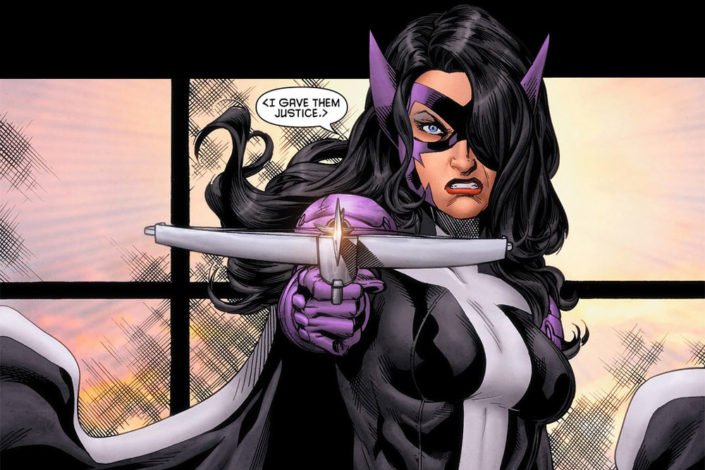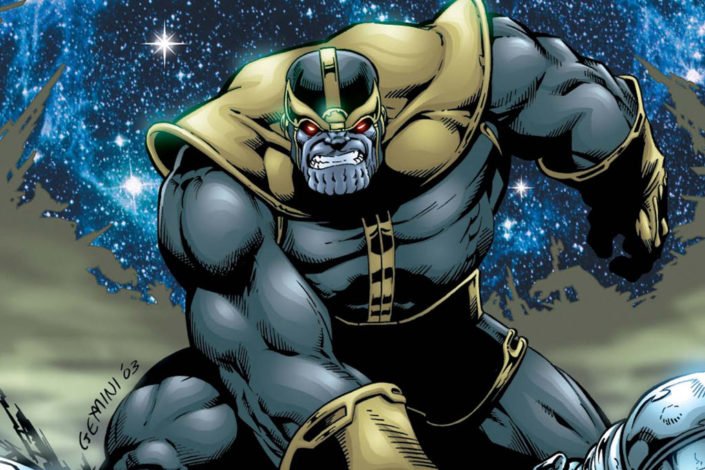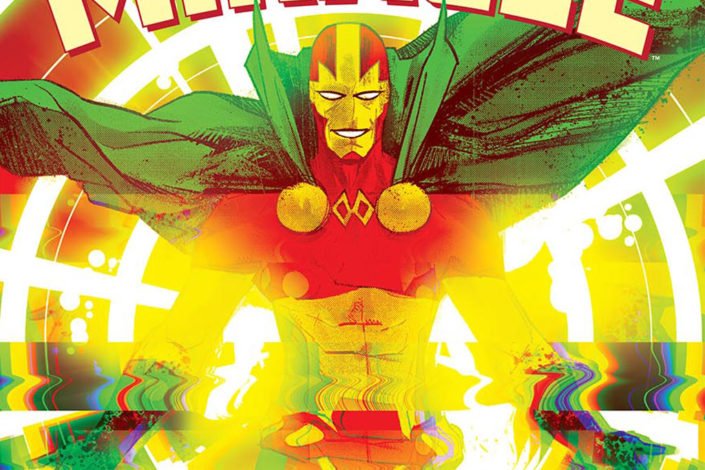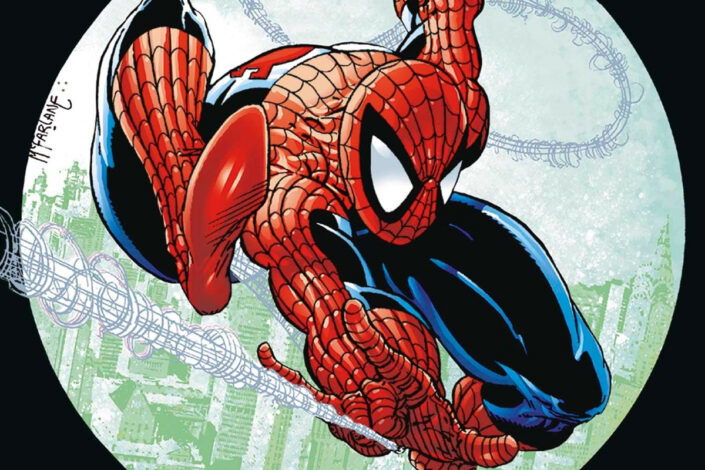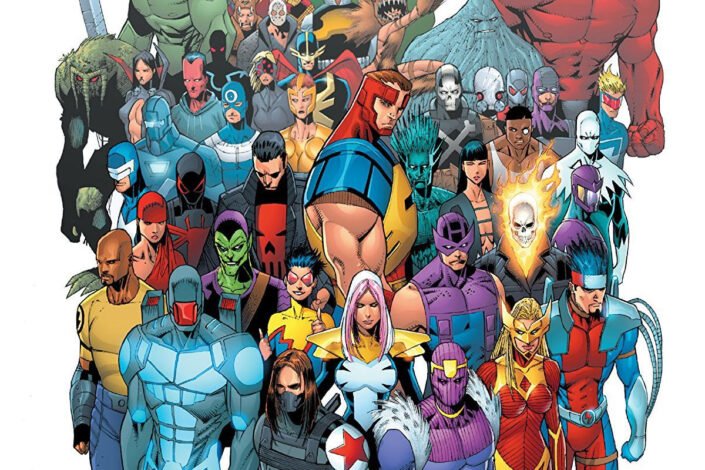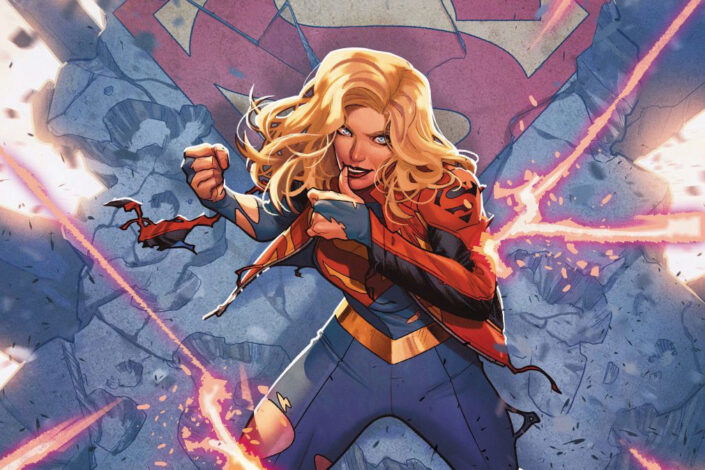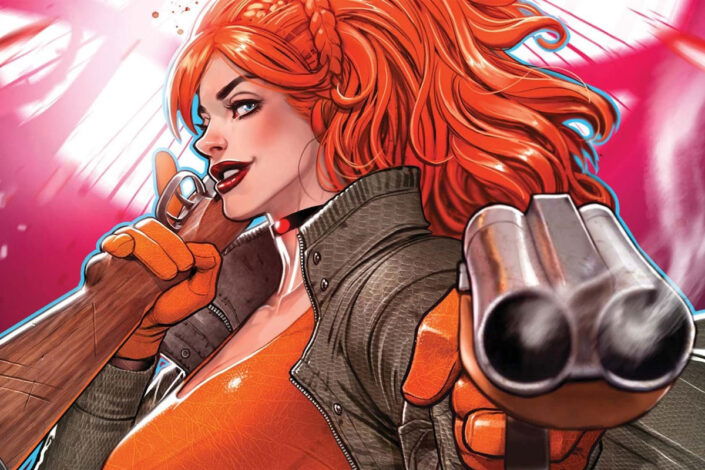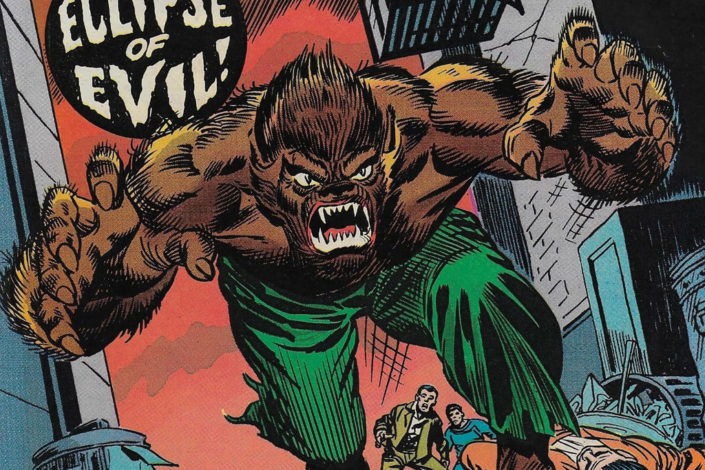Ghost Rider Reading Order
Marvel introduced a western character named Ghost Rider in 1967, but he is now known as the Phantom Rider. The Ghost Rider we are talking about here made his burning entrance in 1972 in Marvel Spotlight #5 and was created by Roy Thomas, Gary Friedrich, and Mike Ploog.
The original idea behind Ghost Rider came from Gary Friedrich as he developed a villain to be used in the page of Daredevil. Intrigued, Roy Thomas decided that the character should have his own series. He even suggested that the costume should be inspired by one Elvis wore in his comeback special in 1968. Mike Ploog took their concept and designed the biker, introducing the head on fire just because he thought it looked cool.
There is more than one Ghost Rider. The first was Johnny Blaze, a stunt motorcyclist who gave his soul to Mephisto to save his adopted father’s life. After that, he discovers that he was bonded with the demon Zarathos. Now, he is forced to punish the wicked and evil as the Ghost Rider, a violent biker with a flaming head. Though, he only transformed when he is in the presence of evil.
At the beginning of the 1990s, Marvel introduced a new Ghost Rider, the young Danny Ketch. In 2014, it was the turn of Robbie Reyes, a Mexican-American resident of East Los Angeles, who’s not a biker. His ride is a muscle car.
Others became temporarily Ghost Riders, and the mythology behind the characters, as well as its history, evolved through the years. As the host or the ride changed, the Ghost Rider’s abilities also changed. Every rider is different, but the fight against Evil never stops.

